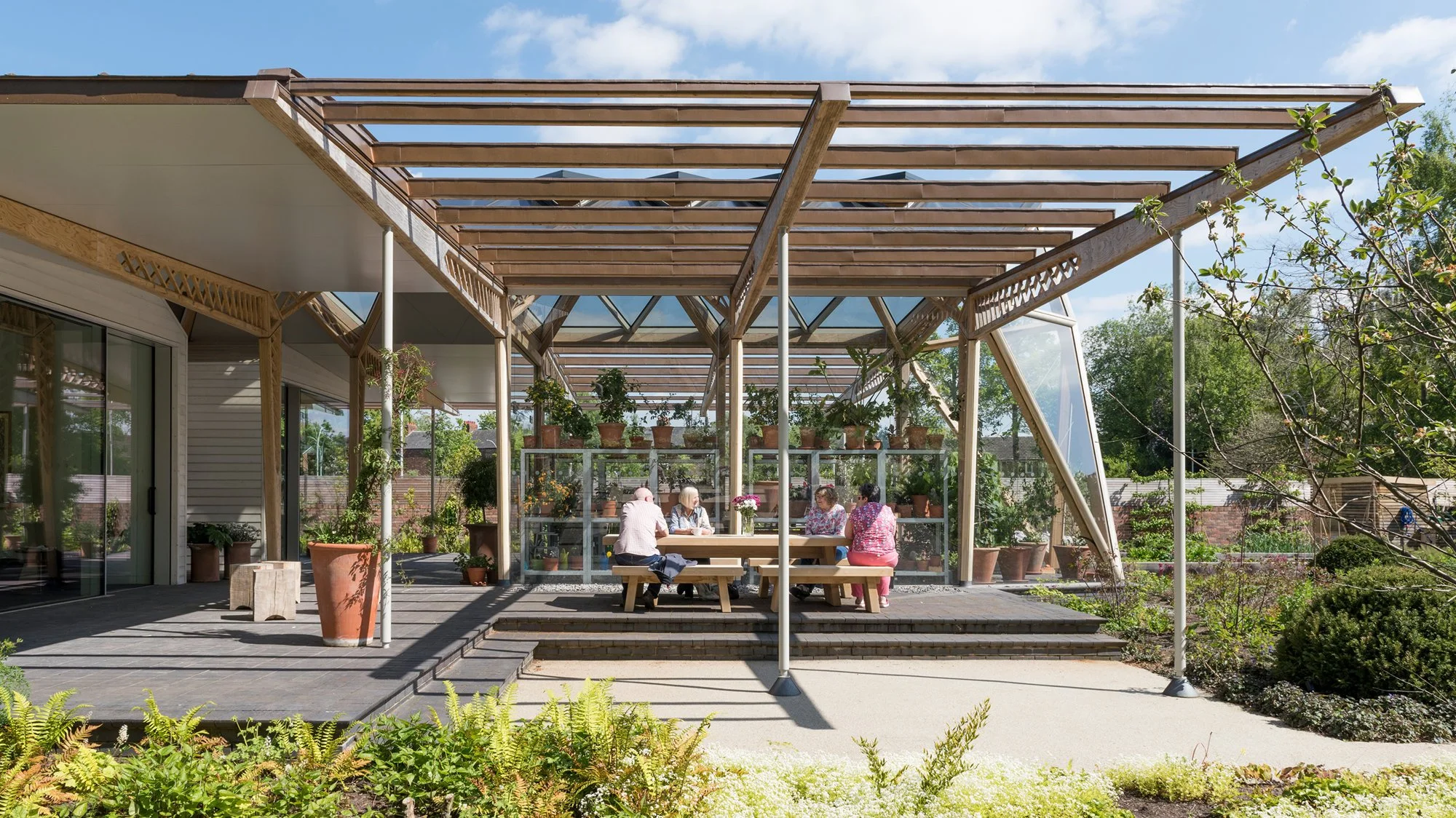美國吉事:社區菜園 免費共享的力量|GUTS in the US: community garden for free food






曾幾何時,全球化為糧食生產不均的問題帶來希望,讓人類憧憬每個國家可以各司其職,工業國家可專注大量生產工業產品、農業國家可專注耕種提供糧食,然後透過日益便捷的交通運輸互補不足。之不過,在去年疫症之中,卻突顯了當糧食及生計過於依賴國際貿易,亦會讓人類陷於生存危機,聯合國糧食及農業組織(FAO)去年就警告,疫情下供應鏈隨時被截斷,糧食供應隨時面臨短缺危機。
不過,其實早在把世界顛覆的疫情出現之前,世界各地已有不同吉人嘗試提出方法,緩減過度的全球化、喚醒人們對於自給自足的重要性。除了有大城巿復耕,近年不少地方也開始興起社區園圃(community garden)。在社區之中種植,方法不止一種,例如有天台種植、後院園圃、學校園圃等,與一般農莊不同,社區園圃通常規模較小、收成通常自用或與社區分享,除了可以自己食材自己種、綠化社區等,這也是認識鄰里、建立共同目標、增加社區歸屬感的重要渠道。而雖然園圃規模小,但也別小看它們的力量,單在美國城巿匹茲堡(Pittsburgh),41個園圃一年共生產了總值約280萬港元農產品﹗
社區園圃在美國遍地開花,其中在德州奧斯汀的一個例子也很有趣:在2012年,一個偶然的機會下,奧斯汀開展了一個免費食物計劃,發起人試著開放庭院空間成為社區菜園,在庭院種起蔬果及香草,再豎起木牌表示會把收成的食物和鄰舍共享,又收集有興趣加入的鄰舍資料,互相分享耕作資訊及資源。
一人小小的舉動,最初迴響不大,但慢慢引起社區的連鎖反應。三個月內街上共30戶人家中,已有19戶加入計劃,分享庭院為社區菜園,並在附近打理200個菜園。到了目前,全球已有超過300個城市響應這個計劃,善用居所的庭院空間,來種植蕃茄、菠菜等新鮮蔬果。
社區菜園的目的,在於連結社區,集結社區的免費資源,並開展行動,共同生產食物,令社區中人人都可從中獲益。而當中最大的前設是,食物是免費的。有活動組織者直言,無論你拿走或放下甚麼都不要緊,重要的帶着微笑離開。有些參加者不懂園藝也沒有庭院可種,但會把可循環再用的膠樽或玻璃罐拿來,也用作製作發酵食物或清潔酵素。
至於香港,近年也開始出現社區園圃,例如由巿建局與地區組織的上環華賢坊東,也開始嘗試由義工種植可吃的植物如香草、瓜菜等。在大廈密密麻麻的巿區,遇上的挑戰或許更多,參考一下外國的例子,可能有意想不到的啟發﹗
相片來源:網上圖片, Food Is Free Project, Food is Free Inc. Ballarat
地點 : 美國
GUTS in the US: community garden for free food
The emergence of globalisation once brought hope to the grave problem of unequal food distribution. It was once hoped that each country would play a role. Industrial countries should devote their effort to mass-producing industrial commodities, while agricultural countries would focus on food supply. The increasingly convenient transportation, it was hoped, should facilitate mutual support. But COVID-19 exposed us to our alarming over-dependence on international trade to provide us with food and living. The Food and Agriculture Organization of the United Nations (FAO) warned last year that the supply chain would be cut off at any time during the pandemic, and we were on the verge of food shortage.
Way before the pandemic changed everything, many GUTS men across the globe had already proposed different ways to slow down globalisation and build self-sufficiency. Besides recultivation movements across major cities, community gardens have also begun to emerge in recent years. There are multiple ways to grow in a community, such as a rooftop farming, backyard gardening and campus gardens. Unlike conventional farms, these small patches produce harvests usually for individual satisfaction or sharing among neighbours. Not only to grow your food, but community gardens also offer an excellent platform for greening, neighbour networking, collective well-being and creating a sense of belonging. Small as these gardens might seem, but their potential should not be underestimated. In the US city of Pittsburgh alone, 41 gardens produce approximately HK$2.8 million in agricultural products a year!
Community gardens are blooming all over the United States, and there’s an interesting case in Austin, Texas: the city launched a free food program in 2021 by chance, when one of the neighbours offered to transform his courtyard into a community garden, where harvested vegetables and herbs would be shared among the neighbours for free. Enthusiastic participants would also share information and resources about farming with each other.
A small action of one might seem insignificant at first but would also create waves. In just three months, 19 of the 30 households on the same street joined the program. These families opened their courtyards as community gardens and helped manage 200 vegetable gardens nearby. To this date, over 300 cities around the world followed their footsteps to optimise their yards by growing tomatoes, spinach and other fresh fruits and vegetables.
The purpose of a community garden is to connect the community, gather free resources in the community, and produce food together for every member’s benefits. The common principle is to provide free food. At some events, you may even join without taking or giving anything except a friendly smile. Some participants did not know gardening and did not have a garden to grow, but they would bring reusable plastic bottles or glass jars for making fermented food or clean enzymes.
Community gardens are dotting the cityscape of Hong Kong, and Wa In Fong East in Sheung Wan, a project by URA and the district council, is a case in point. Here at this experimental site, volunteers begin to grow edible herbs and melons. It may not be easy for a densely populated city, but we can always learn from foreign cases!
Photo source: internet, Food Is Free Project, Food is Free Inc. Ballarat
Location: USA
你可能對以下吉人吉事有興趣:
You may also be interested in these GUTS Stories:
















